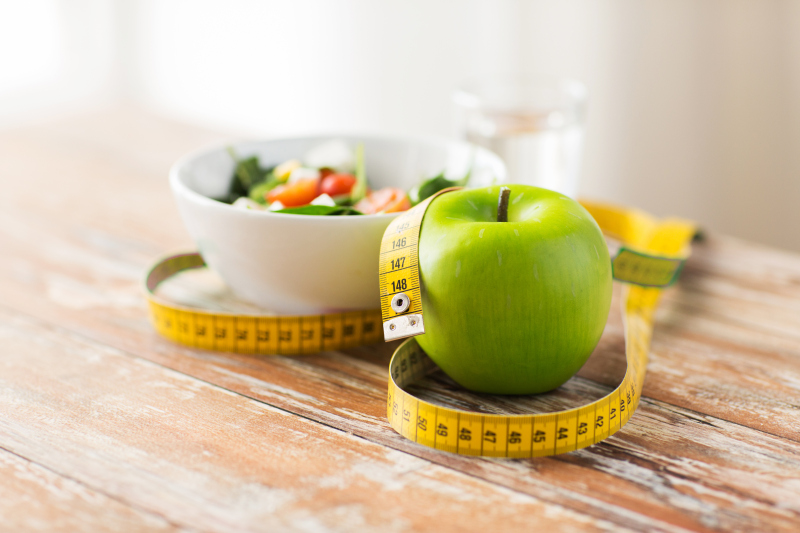
Weight loss is one of the most common goals of Americans today. Websites and advertisements for weight-loss related products dominate the web and infomercial time on TV, and in fact, diet and weight loss have entire sections to themselves in many bookstores. Innumerable strategies, cures, and fads have come and gone claiming to provide the magic solution to weight loss.
Despite all of this, in its most basic form, the magic secret to weight loss has always been there, which is simply to expend more calories than we intake. Like any idea that seems too simple to be effective there is nuance in terms of how best to expend our energy output and limit our energy input, but at its core, it really is that simple!
On the contrary, if your goal is to gain weight then we would flip the equation, and to maintain where you are, we would want to equal these two variables. We’ll explore each of the three options in more detail.
Table of Contents
Caloric Deficit
In our first scenario and probably the most popular one if your goal is weight loss, then we want to obtain a caloric deficit. That means that we are taking in fewer calories than our body is burning in a given day. Our bodies burn calories every day to a certain extent, however, our activity level along with our level of stress will generally determine how many calories we are burning. Likewise, our caloric intake is exclusively impacted by the food, supplements, and liquids we are taking in.
Thus, the first step to weight loss or achieving a caloric deficit is to learn to modulate our intake based on our activity or anticipated activity. For example, if your day is likely to consist of a great deal of sedentary activity, such as meetings and desk work or sitting in a classroom for most of the day, you should not eat the same amount that day as a day where you work out, do yard work and play with the kids outside.
Secondly, even though we may be reducing the caloric intake and achieving a caloric deficit, one of the nuances would pertain to the quality of the calories we are consuming. Our caloric deficit will be much more effective for weight loss if our calories come from vegetables and lean protein as compared to chips and ice cream.
Caloric Surplus
While perhaps less of a common goal, in order to gain weight, the goal is to achieve a caloric surplus, or consume more calories than we burn. This, in some cases, can be as challenging as weight loss as it may require a great deal of food to overcome our natural state. For somebody types with higher metabolism and an active lifestyle, achieving a caloric surplus will require eating a near superhuman amount of food.
For others with lower metabolism and/or low activity, it will be a fairly easy task. As with caloric deficit, this will be dependent on our activity level, and this is also where supplementation tends to be more common as they are a quick and easy way to pad the caloric intake stats as opposed to eating massive amounts of food. Protein and mass-gainer shakes and powders can be a great source of calories that don’t require a full meal.
In addition, at times eating for a caloric surplus can initially spike our metabolism as it works harder to process more food, thus it can complicate the process, in order to achieve a caloric surplus, it must be implemented over time to avoid massive metabolic spikes.
Caloric Maintenance
This is where most of us would ideally like to be. If we are in a place where we can focus on caloric maintenance, it means that we have achieved or don’t need our goal of weight loss or weight gain and are right where we want to be.
The greater challenge is staying there, and this comes back to our familiar theme of matching our caloric intake to our activity level or output. If we have a spike in our activity, we can enjoy more food to match that. If we splurged on a massive meal, such as Thanksgiving dinner, we need to get out and exercise later that day to burn the extra calories.
This ebb and flow and the ability to manage it is critical to a healthy lifestyle, and the ability to master our modulation of calories in versus energy out is a good marker for self-awareness and general health.
Leave a Reply